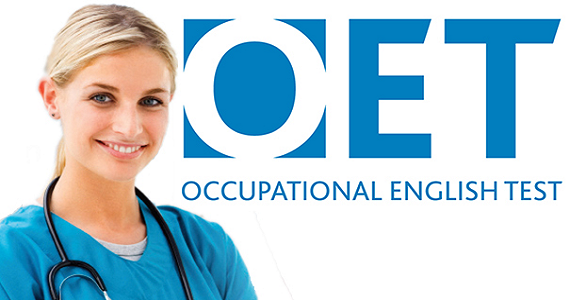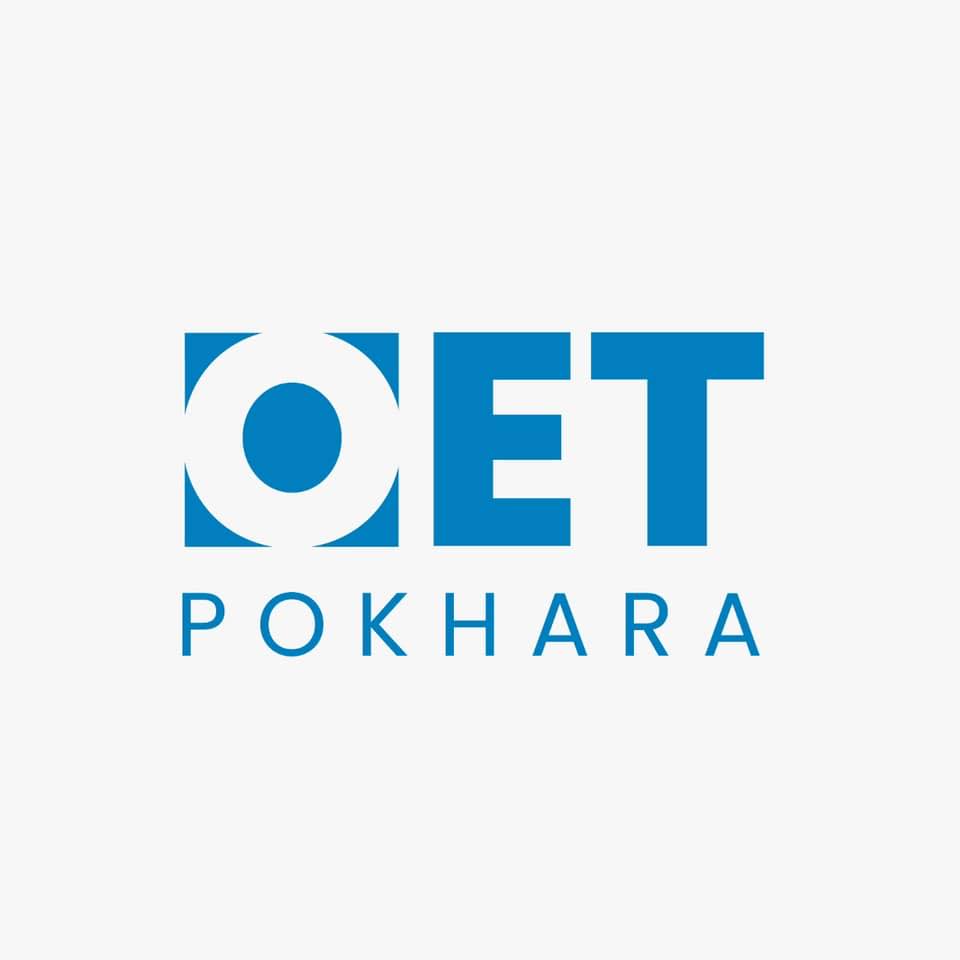
How is OET different from IELTS?
Different countries of the world utilize the OET (Occupational English Test) and IELTS
(International English Language Testing System) to evaluate the English language
proficiency of healthcare workers. They are picked by regulatory organizations to make sure
that professionals like physicians, nurses, and others have the language proficiency needed to
interact effectively with patients and coworkers and provide safe and effective treatment.
At least the version of IELTS utilized by international healthcare regulatory authorities tests
academic English. This includes the capacity to attend lectures, comprehend academic
writing, and engage in a variety of discussions on subjects such as the environment,
education, social trends, and cultural values. OET measures proficiency in healthcare
English, including the capacity to compose referral or discharge letters, comprehend patient
consultations, and follow content extracted from a medical publication.
IELTS offers two exam options: Academic as indicated above, and General Training, which
is used by organizations to assess the more general language seen to be more suitable for
immigration or professional needs. Both tests include identical Listening and Speaking
portions. Compared to General Training, Academic Reading and Writing is more focused on
Higher Education. Nurses, physicians, dentists, pharmacists, optometrists, podiatrists,
occupational therapists, veterinarians, speech pathologists, dieticians, physiotherapists, and
radiographers are among the healthcare professions for whom OET provides 12 exam
variations. Both tests include identical Reading and Listening portions. Each profession’s
distinctive English-language use situations are taken into account while designing the
Speaking and Writing parts.
IELTS test takers must study a vast amount of vocabulary on a variety of academic subjects
as part of their preparation so they will be able to read academic materials quickly and
efficiently, follow lectures and discussions, debate abstract issues in-depth, and provide
detailed comments. Test-takers must develop their report-writing skills using a variety of data
sets and essay formats. Written writings must be of an advanced caliber and contain intricate
grammar. It’s also essential to learn a few fundamental exam strategies.
In order for test takers to be able to follow, interact with, and participate in a variety of
clinical settings, as well as comprehend medical writings and discussions, preparing for the
OET requires knowing a wide range of healthcare-related and profession-specific
terminology. They must possess sophisticated writing skills in order to compose letters
pertaining to healthcare, including recommendation letters. They must learn a variety of exam
strategies so they may do well and swiftly throughout the examination. As a result, the two
examinations’ preparation programs take quite distinct approaches and make use of very
diverse resources.
Each paper in the IELTS exam has a distinct score out of 9. Half points are given as a result
of this. With an equal numerical score to indicate more accurately where a candidate fits in
the grade, OET is rated from A (best) to E. The advanced C1 level of language, which is
about a 7 in IELTS and a B in OET, is typically required by healthcare regulatory agencies
that utilize both examinations to assess English proficiency for healthcare professionals.
Therefore, there is specialization in OET, IELTS, and Medical English test preparation. An
unmatched selection of medical- and exam-focused courses and exams are available thanks to
our very successful course design and delivery.


